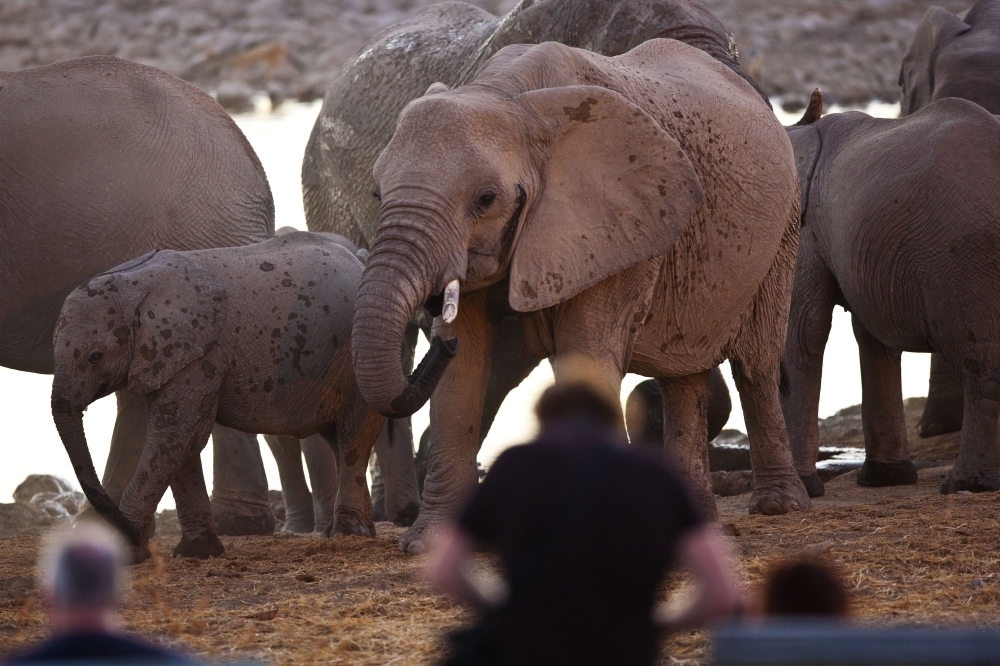Russia, Ukraine war dents international tourism
Russia’s military offensive in the Ukraine represents a downside risk for international tourism, with it already exacerbating high oil prices and transportation costs, increasing uncertainty and causing disruption of travel in Eastern Europe.
This is according to the World Tourism Organisation (UNWTO), which said Russian bookings for outbound flights plunged in late February and early March, but have also since rebounded.
Despite the conflict, European air traffic has grown steadily from mid-March to early May, it said, and air bookings also show rising demand for intra-European travel and for flights from the United States of America to Europe.
“The easing of travel restrictions is contributing to the normalisation of travel - with 36 countries that have lifted all Covid-19 related travel restrictions as of 13 May - but the conflict continues to pose a serious threat to recovery.”
The UNWTO added that the conflict risks hampering the return of confidence to global travel.
Source markets
“The US and Asian source markets could be particularly impacted, especially regarding travel to Europe, as these markets are historically more risk averse.”
As source markets, Russia and Ukraine represent a combined 3% of global spending on international tourism as of 2020, it said.
“A prolonged conflict could translate into a loss of US$14 billion in tourism receipts globally in 2022.”
In 2019, Russian spending on travel abroad reached US$36 billion and Ukrainian spending stood at US$8.5 billion. In 2020, these values were down to US$9.1 billion and US$4.7 billion respectively.
According to latest statistics, Namibian foreign arrivals from Russia stood at 3 304 last year, with predictions that these could increase 7 278.
Total foreign arrivals from Europe were 64 022 last year, expected to increase to 103 723 in 2022.
This is according to the World Tourism Organisation (UNWTO), which said Russian bookings for outbound flights plunged in late February and early March, but have also since rebounded.
Despite the conflict, European air traffic has grown steadily from mid-March to early May, it said, and air bookings also show rising demand for intra-European travel and for flights from the United States of America to Europe.
“The easing of travel restrictions is contributing to the normalisation of travel - with 36 countries that have lifted all Covid-19 related travel restrictions as of 13 May - but the conflict continues to pose a serious threat to recovery.”
The UNWTO added that the conflict risks hampering the return of confidence to global travel.
Source markets
“The US and Asian source markets could be particularly impacted, especially regarding travel to Europe, as these markets are historically more risk averse.”
As source markets, Russia and Ukraine represent a combined 3% of global spending on international tourism as of 2020, it said.
“A prolonged conflict could translate into a loss of US$14 billion in tourism receipts globally in 2022.”
In 2019, Russian spending on travel abroad reached US$36 billion and Ukrainian spending stood at US$8.5 billion. In 2020, these values were down to US$9.1 billion and US$4.7 billion respectively.
According to latest statistics, Namibian foreign arrivals from Russia stood at 3 304 last year, with predictions that these could increase 7 278.
Total foreign arrivals from Europe were 64 022 last year, expected to increase to 103 723 in 2022.




Comments
Namibian Sun
No comments have been left on this article